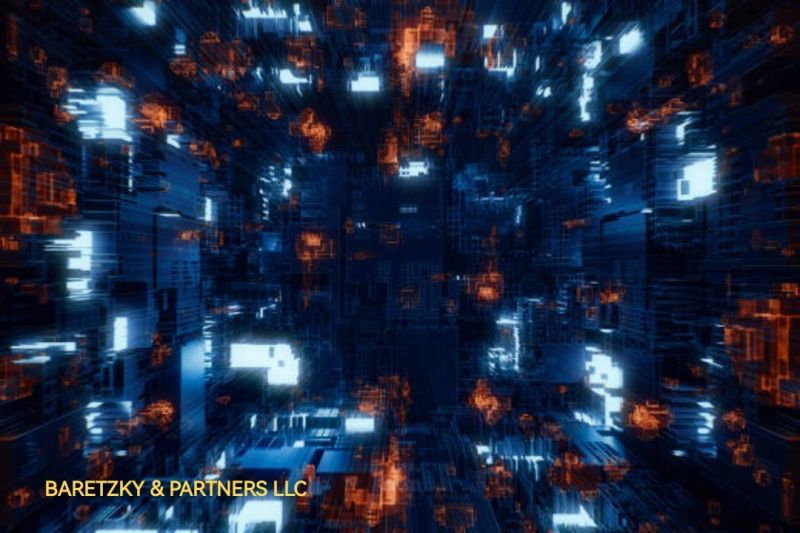
Deepfakes can create highly realistic forgeries of individuals, posing threats in areas like politics, cybersecurity, and personal privacy. Detecting these manipulations is challenging due to the sophistication of AI models used to generate them, but advancements in detection methods are making progress.
The foundation of advanced detection systems lies in leveraging AI and machine learning techniques. These systems are trained to identify subtle inconsistencies and artifacts left behind by deepfake algorithms. For example, deepfake videos often exhibit unnatural facial movements, inconsistent lighting, or irregular eye blinks that human forgers might overlook. AI models trained on large datasets can detect these abnormalities more efficiently than traditional manual methods.
Researchers are also exploring deep learning models like convolutional neural networks (CNNs) and recurrent neural networks (RNNs) to analyze patterns in video or audio data. These models can identify imperceptible anomalies in voice modulation or frame transitions in video, revealing the presence of deepfake tampering. In addition, some systems are being designed to detect manipulated pixels, as deepfakes often fail to replicate the complexity of human expressions perfectly.
Another promising approach involves blockchain technology, where the authenticity of media files can be verified through a decentralized ledger, ensuring their integrity. Combining this with AI-driven detection methods provides a multi-layered defense against deepfakes, making it harder for malicious actors to spread misinformation. As deepfakes continue to advance, so too must the tools designed to combat them, ensuring the integrity of digital content in an increasingly interconnected world.
WWW.BARETZKY.NET




















